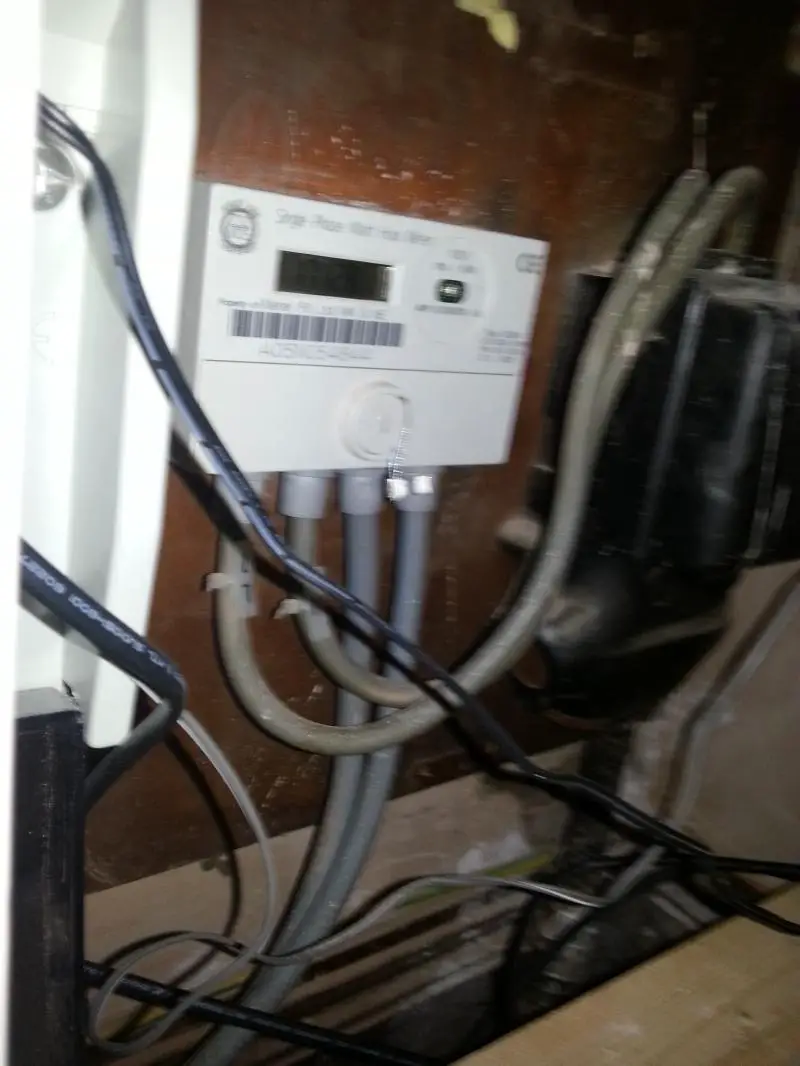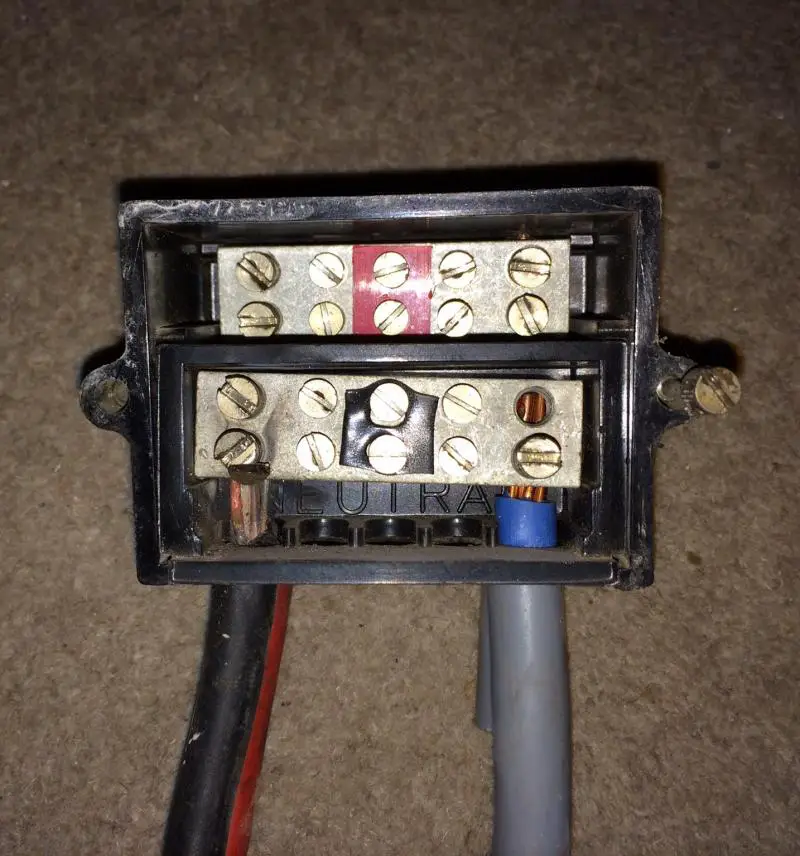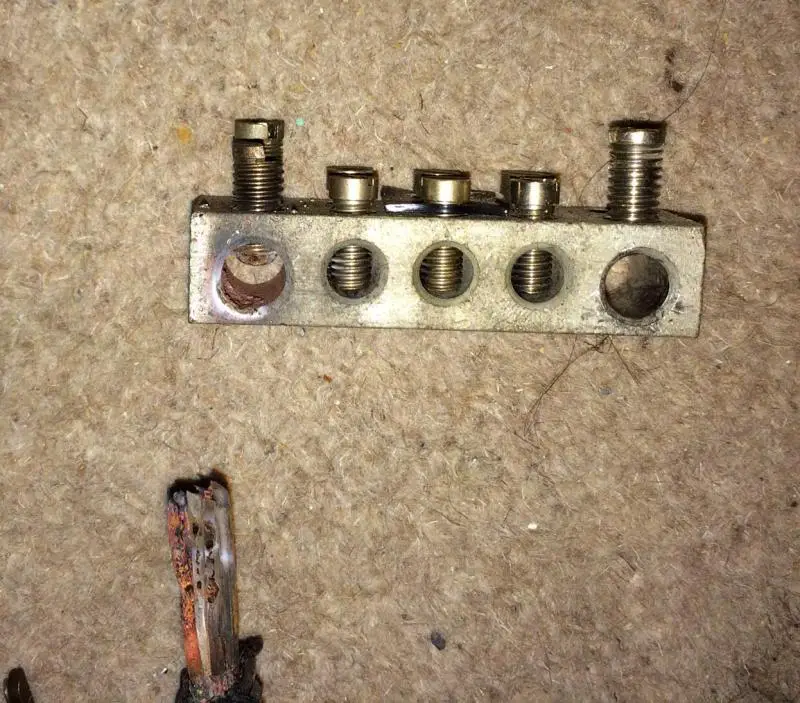Presumably only if asked to? It could well be that the Henley had deliberately been put there with a view to a(known or possible) future need to split the tails - in which case the customer might be none too pleased if someone removed it!A decent meter operative would remove the block if the tails from the CU are long enough. There wouldn't be a charge for it either.
Kind Regards, John





